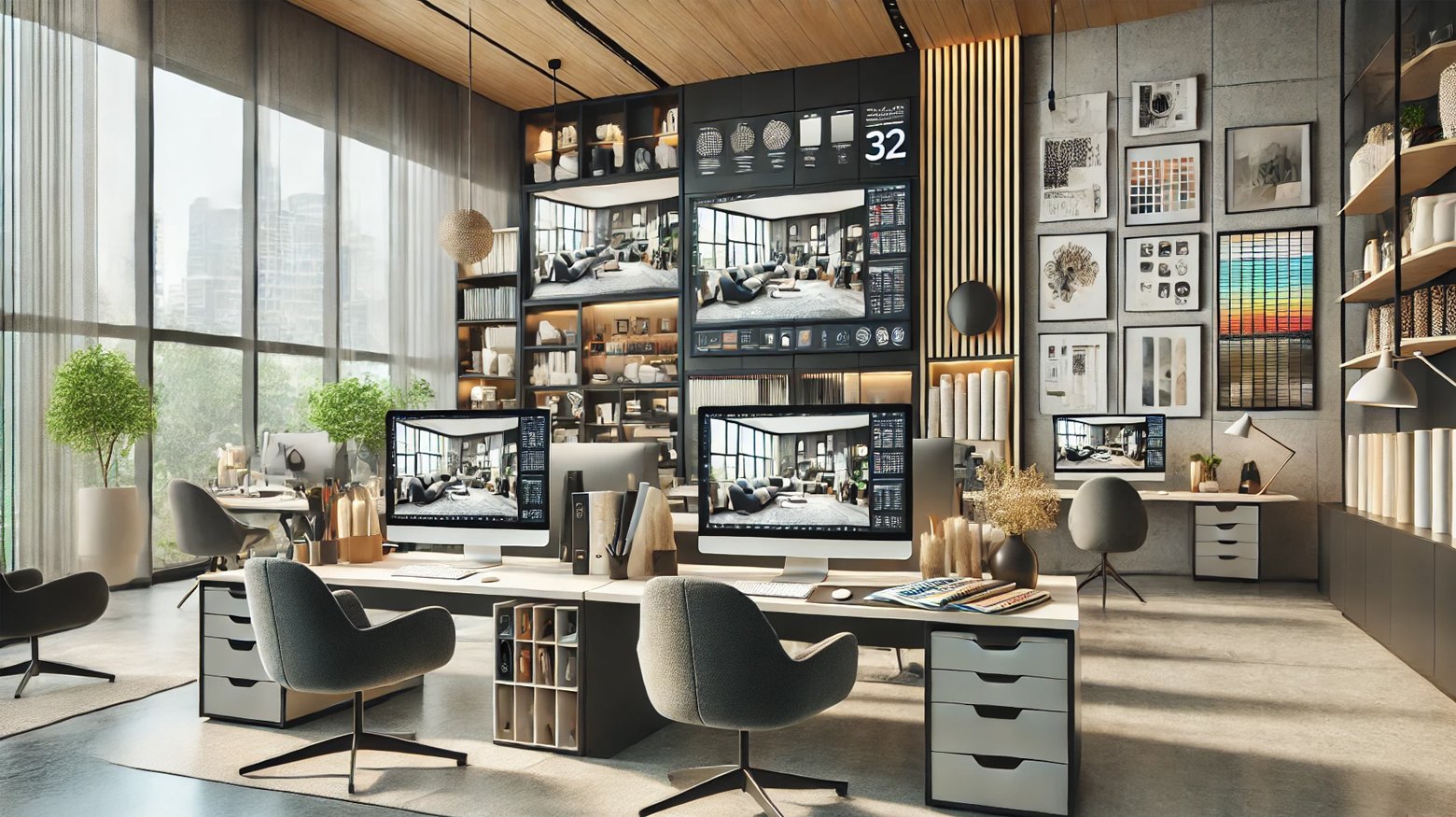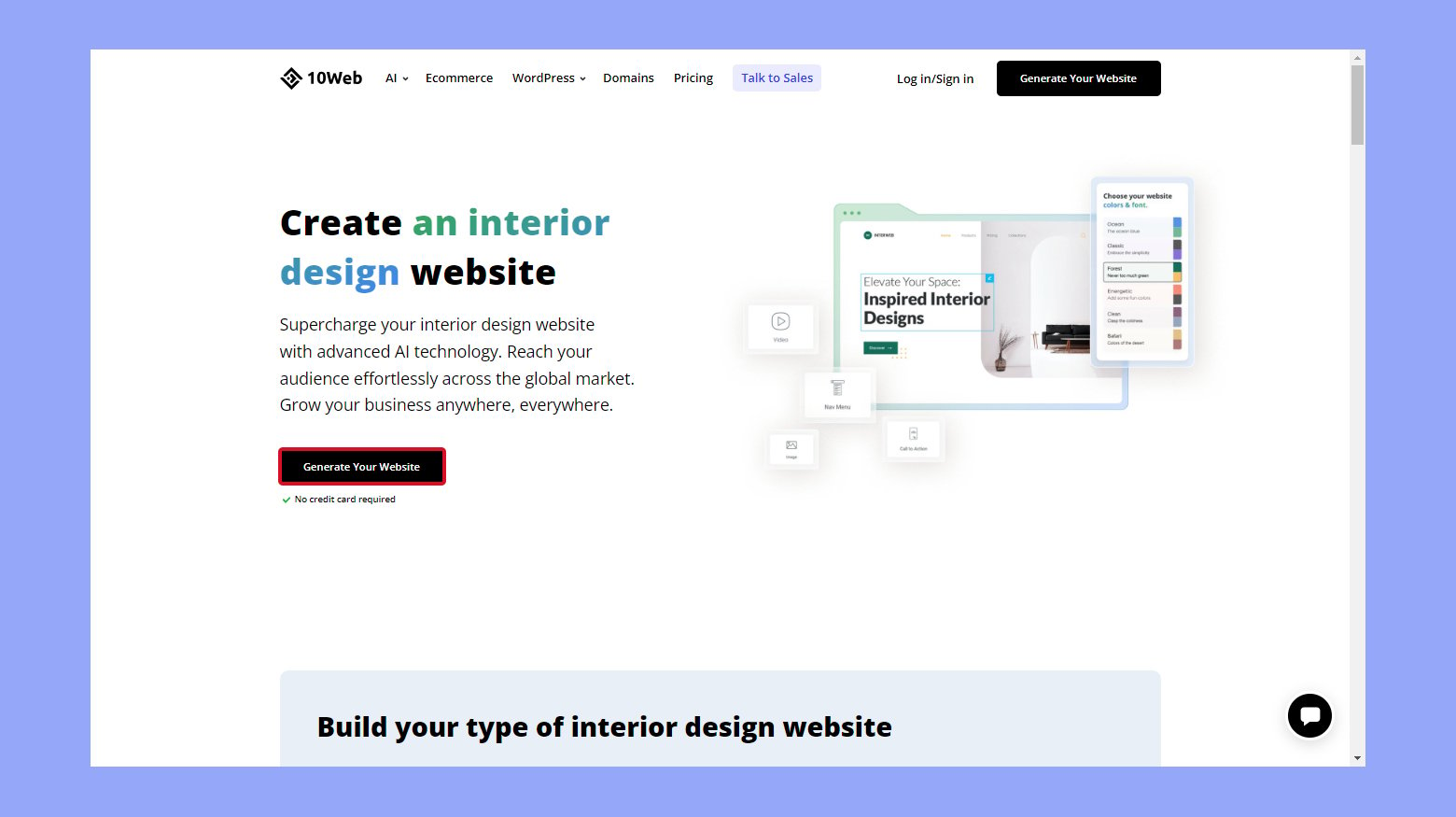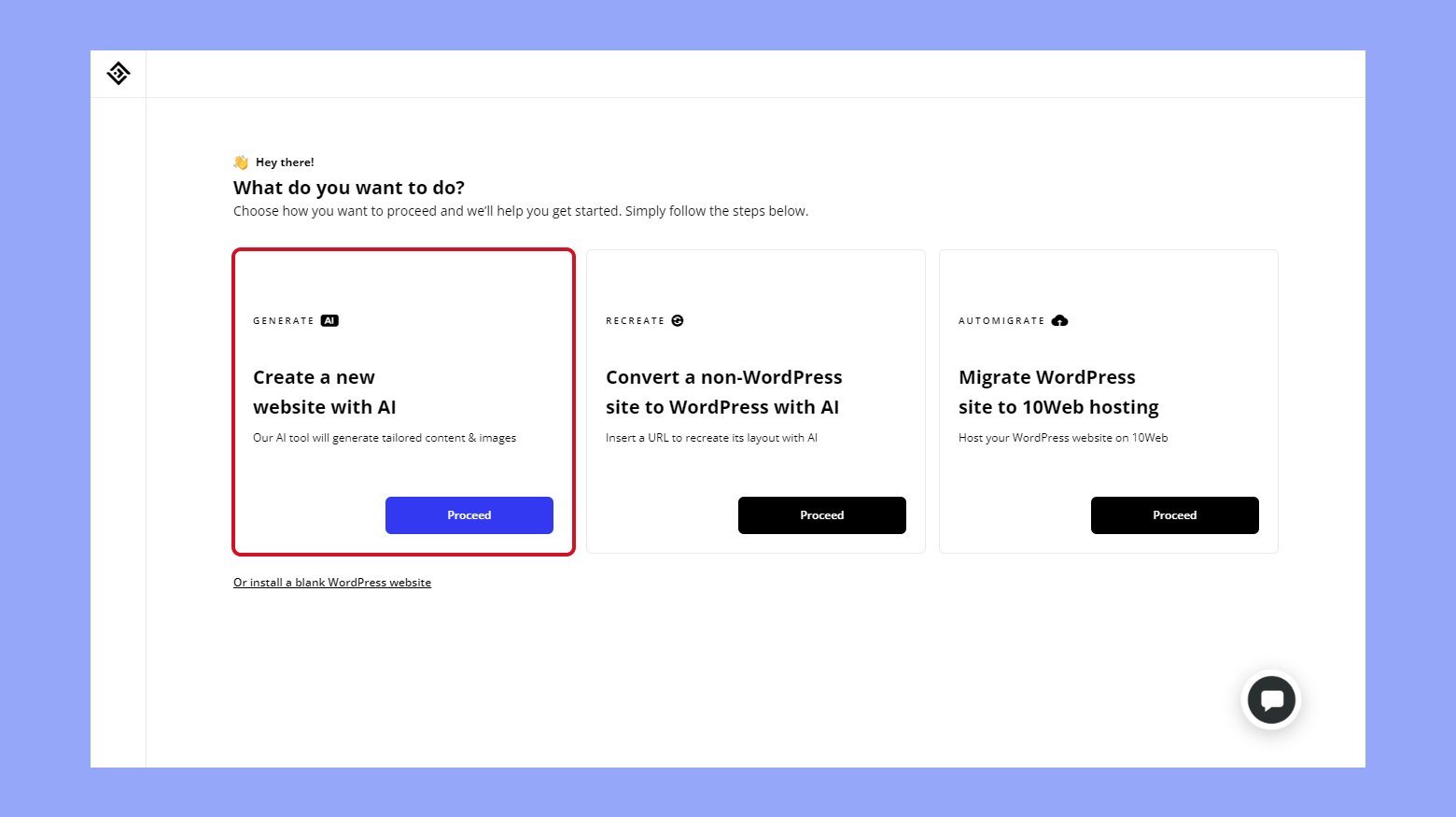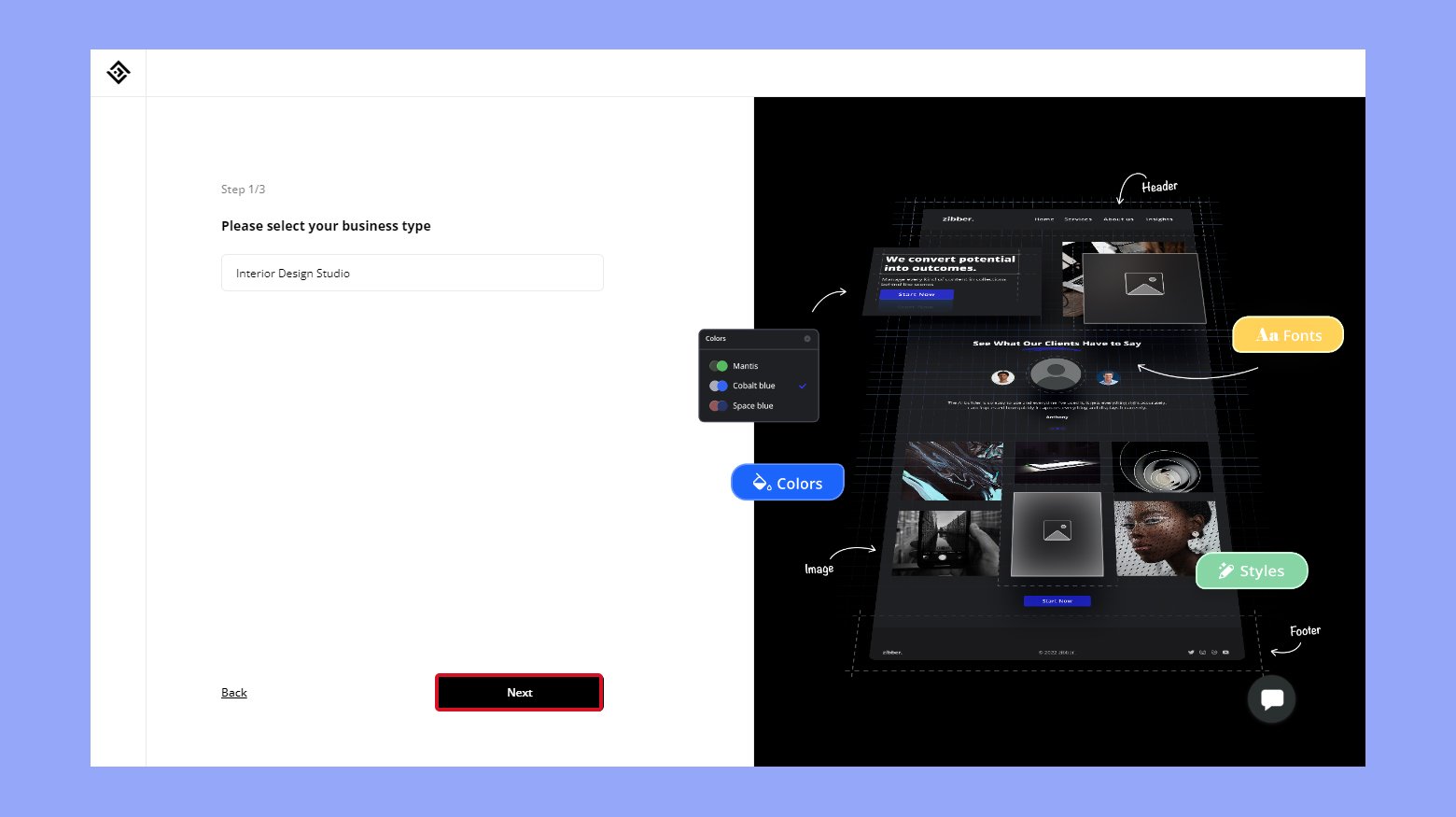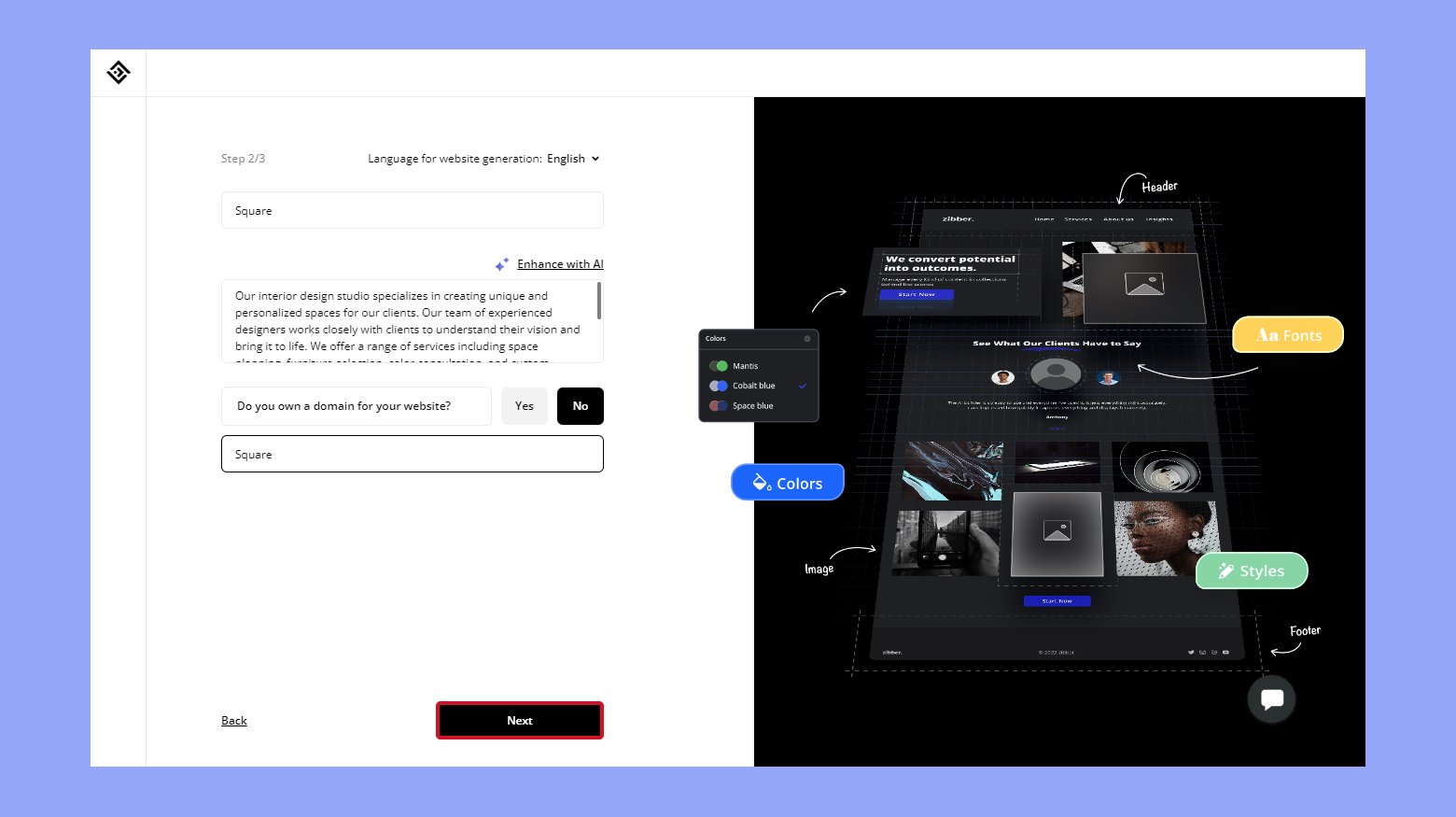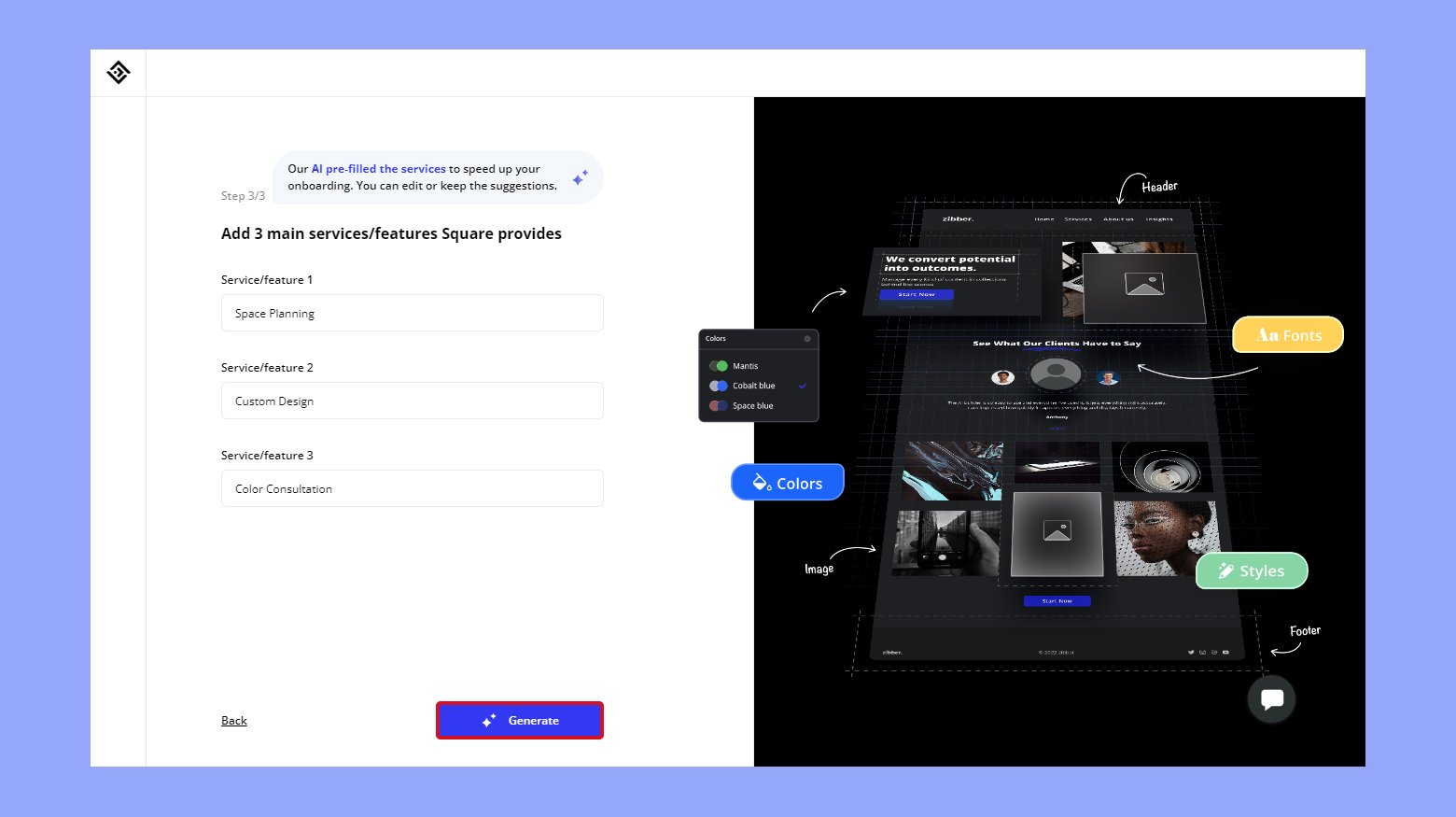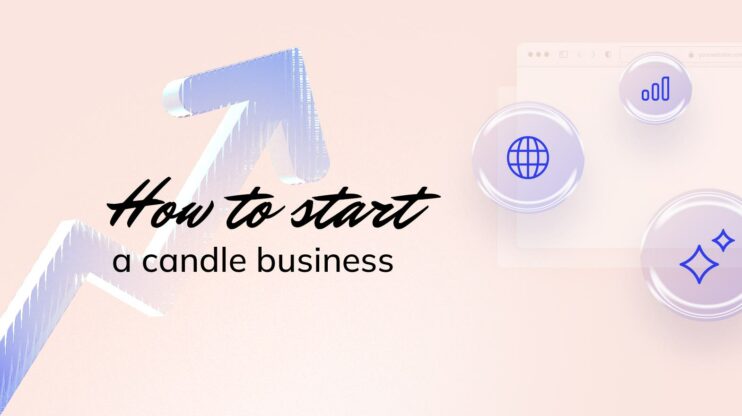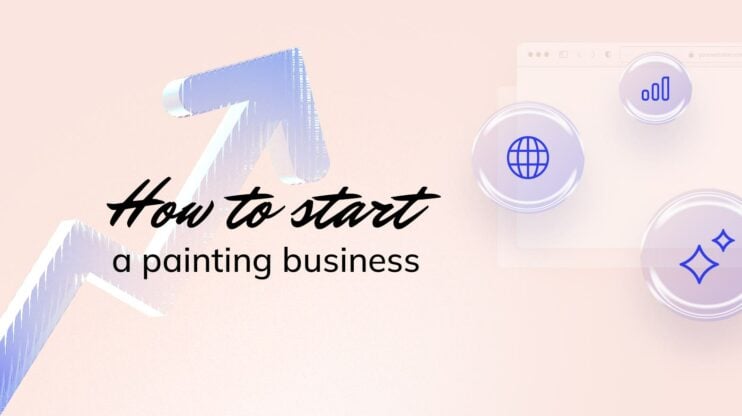Starting an interior design business involves careful planning, from creating a solid business plan to choosing the right business entity and unique name. This guide covers essential steps including crafting a detailed business plan, determining your business entity, securing necessary licenses, setting up financial management, and establishing a strong brand identity. By focusing on these foundational elements, you can set your interior design business on a path to success.
FAQ
How much does it cost to start your own interior design
Starting an interior design business can cost between $2,000 to $50,000. The expenses vary based on factors such as office space, design software, marketing efforts, initial inventory, and professional fees for licenses and insurance. A detailed budget considering these elements will help in managing start-up costs effectively.
How to start an interior design business from home?
Starting an interior design business from home involves several steps. First, create a detailed business plan outlining your vision, target market, and services. Choose the right business entity, such as a sole proprietorship or LLC, and secure necessary licenses and insurance. Set up a dedicated workspace at home, build a professional website to showcase your portfolio, and use social media for marketing. Networking with industry professionals and maintaining a strong online presence are crucial for attracting clients.
Is an interior design business profitable?
Yes, an interior design business can be profitable with the right approach. Profitability depends on effective financial management, strong branding, and a strategic marketing plan. By offering high-quality services, setting competitive yet profitable pricing, and managing operational costs efficiently, interior designers can achieve a sustainable and profitable business. Building strong client relationships and securing repeat business and referrals also contribute to long-term profitability.
What do interior designers need to start a business?
To start an interior design business, interior designers need several key elements. These include a solid business plan that outlines their vision and services, the right business entity for legal and financial protection, and necessary licenses and insurance to operate legally. Additionally, they need a strong brand identity, a professional website to showcase their portfolio, and a comprehensive marketing strategy. Financial management tools, design software, and a dedicated workspace are also essential for running the business efficiently.
Create your custom online store in minutes with 10Web AI Ecommerce Website Builder and take your business online. 
Looking to sell online?
Stage 1: Laying the foundation
Starting an interior design business requires careful planning and decision-making. It’s important to create a solid business plan, choose the right business entity, and come up with a unique name that reflects your brand.
Step 1: Forming your business plan
A business plan is your way to success. Begin by defining your vision. What are your long-term goals? Then, outline your business model. Will you focus on residential or commercial projects? Detail your target market and competitors.
Create a budget and project your finances. Consider costs for marketing, supplies, and insurance. Include revenue projections and funding sources.
List your services and pricing. How will you attract clients? Your business plan should be clear and focused, guiding every aspect of your business.
Step 2: Determining your business structure
Choosing the right business entity affects your legal and financial responsibilities. Here are the main options:
- Sole proprietorship: Simple and inexpensive, but you’re personally liable for debts.
- LLC (Limited Liability Company): Offers liability protection without the complexity of a corporation.
- Corporation: Provides the most protection against personal liability, but involves more paperwork and costs.
Consult a legal professional to choose the best legal structure for your business.
Step 3: Naming your interior design business
Your business name should reflect your style and vision. It’s the first impression clients will have, so make it memorable.
Here are some tips:
- Clarity and relevance: Choose a name that clearly indicates what you do.
- Uniqueness: Ensure it stands out from competitors.
- Availability: Check if the name is available as a domain and social media handles.
- Legal considerations: Ensure the name is not trademarked or in use by another business.
A strong name can set the tone for your brand and attract your ideal clients.
Step 4: Securing the necessary licenses
Starting an interior design business requires understanding the necessary regulatory steps. This includes obtaining the correct licenses, meeting IRS requirements, and securing appropriate insurance to protect your business.
Getting started often involves applying for several licenses. You need a business license from your local government. This ensures your business operates legally within your area.
Depending on your location, you might also need a state license. If you’re using a unique business name, you might need to register a “Doing Business As” (DBA) name with your county. You’ll also want to check if your state requires specific certification for interior designers. Many states, for example, require passing the NCIDQ exam.
Step 5: Understanding IRS obligations
Meeting IRS obligations is crucial for your business. First, apply for an Employer Identification Number (EIN) through the IRS website. This number identifies your business for tax purposes.
Open a separate business bank account to keep personal finances separate from business expenses. You’ll also need to set up proper bookkeeping practices to track income and expenses. Depending on your business structure, you may need to make estimated tax payments throughout the year.
Step 6: Protecting your business with insurance
Insurance is essential for safeguarding your business. At a minimum, consider getting general liability insurance, which can cover property damage and bodily injury claims.
You might also need professional liability insurance (errors and omissions insurance) to protect against claims of negligence or mistakes. If you hire employees, workers’ compensation insurance might be required. Consult with an insurance provider to determine the best coverage for your business needs.
Step 7: Setting up your finances
Begin by separating your personal and business finances. Open a dedicated bank account and get a credit card for your business. This helps you track expenses and income easily.
Bookkeeping is crucial. Keep accurate records of all financial transactions. Consider using accounting software to streamline this process.
Create a financial plan that includes your expected revenue, anticipated expenses, and profit projections. Set specific financial goals to maintain focus and measure your progress.
Step 8: Creating a pricing structure
Determine a pricing structure that covers your costs while ensuring profit. Consider fixed prices for specific services and hourly rates for consulting.
Research the market to understand what your competitors charge. This helps you set competitive, yet profitable prices.
Choose between cost-plus pricing (adding a markup to your costs) or value-based pricing (charging based on the service value to your client). Ensure your prices reflect your expertise and the quality of your work.
Step 9: Navigating start-up costs and funding
Identify your start-up costs, including office space, design software, marketing, and initial inventory. List these expenses clearly in a budget.
Explore funding options like microloans, term loans, and invoice financing. If you’re self-financing, ensure you have enough savings to cover these early expenses.
Consider seeking investments from investors or applying for a small business loan. Clearly present your financial plan and business potential to attract investors.
Maintaining financial discipline from the start will set you on the path to success in your interior design business.
Create your custom online store in minutes with 10Web AI Ecommerce Website Builder and take your business online. 
Looking to sell online?
Stage 2: Branding and marketing
Building a strong brand and effective marketing strategy is crucial for the success of your interior design business. This involves creating a unique brand identity, establishing a powerful online presence, and crafting a detailed marketing plan.
Step 1: Establishing your brand identity
Your brand identity sets you apart in the interior design world. Start by defining your core values and vision. Think about what makes your designs unique.
Choose a name that reflects your style and the message you want to convey. Work with a professional to create a logo that is memorable and represents your brand effectively. Your logo is often the first thing clients see, so it should be visually appealing and reflective of your brand’s personality.
Develop a consistent color scheme and font style for all your branding materials. These visual elements should be used across your website, social media, and printed materials to create a cohesive brand image.
Step 2: Developing your online presence
In today’s digital age, having a strong online presence is non-negotiable. Start by building a professional website that showcases your portfolio. Make sure to use high-quality images of your past projects.
Include an ‘About’ page with your story and credentials, and make it easy for potential clients to contact you. Utilize SEO strategies to improve your search engine rankings. This involves using relevant keywords throughout your website to attract organic traffic.
Social media is another key element. Create business accounts on platforms like Instagram, Facebook, and Pinterest. Post regularly and engage with your audience by responding to comments and messages. Share behind-the-scenes content, design tips, and client testimonials to build a loyal following.
Step 3: Build your website with 10Web
Your website acts as the focal point for your interior design business, highlighting your expertise, services, and brand. It offers potential clients a place to explore your work, read testimonials, and reach out for consultations. Using 10Web’s AI Website Builder, you can quickly develop a professional, user-friendly, SEO optimized, and functional website, providing a strong foundation to launch and expand your interior design business successfully.
To get started:
- Go to 10Web.io and click on Generate your website

- From the options, choose Create a new website with AI

- Select your business type

- Fill in the name of your business and a short description. You can enhance the description using AI.
- Choose Yes to get a domain or click No if you have one already then enter your domain name if you have chosen No (optional).
- Click Next

- Set the 3 main features, benefits, services offered by your business
- Click Generate to create your website

Step 4: Creating a marketing plan
A well-thought-out marketing plan is essential for reaching your target audience. Start by identifying who your ideal clients are. Are they homeowners, businesses, or real estate developers? Tailor your marketing efforts to appeal to this group.
Consider both online and offline marketing methods. Online methods include content marketing, email newsletters, and paid advertisements. Offline methods might involve attending local trade shows, networking events, or joining relevant industry groups.
Track your marketing efforts to see what works best. Use analytics tools to measure website traffic, social media engagement, and conversion rates. Adjust your marketing plan based on these insights to continually improve your strategy.
Create your custom online store in minutes with 10Web AI Ecommerce Website Builder and take your business online. 
Looking to sell online?
Step 5: Building your portfolio
Creating a strong portfolio is essential when starting your interior design business. Your portfolio will help you showcase your skills, gather testimonials, and leverage visuals in presentation.
Showcasing your projects
Include a variety of projects that highlight your best work. Show different styles and types of spaces you’ve designed. It’s important to display before-and-after photos to spotlight your impact.
List any unique furniture and lighting choices you made in the design. Also, mention any home staging techniques you employed. Show examples of residential and commercial spaces, if possible.
Organize your portfolio in a clean and logical manner. Each project should have its own section with a clear title. Briefly describe the design challenge and how you addressed it.
Step 6: Gathering testimonials
Ask clients to provide testimonials about your work. Positive feedback can build credibility and trust with potential clients. Reach out to past clients and request a short review based on their experience.
Choose testimonials that emphasize specific qualities, like your creativity, professionalism, or attention to detail. Include quotes that highlight how satisfied they were with the final results.
Displaying client names and photos alongside their testimonials can make the feedback more impactful. Create a dedicated space in your portfolio or website for these accolades.
Step 7: Leveraging visuals in presentation
Use high-quality images to make a strong impression. Photos should be well-lit, clear, and professionally shot. Visuals can convey your design style and skills more effectively than words alone.
Incorporate before and after images to show transformations. This helps potential clients see the tangible results of your work. Also, include sketches or design plans if they add value.
Consider creating a digital portfolio or a slideshow presentation using tools like PowerPoint or Canva. Make sure your visuals are easy to view on various devices. Use bold text and clean layouts to keep your presentation engaging and easy to follow.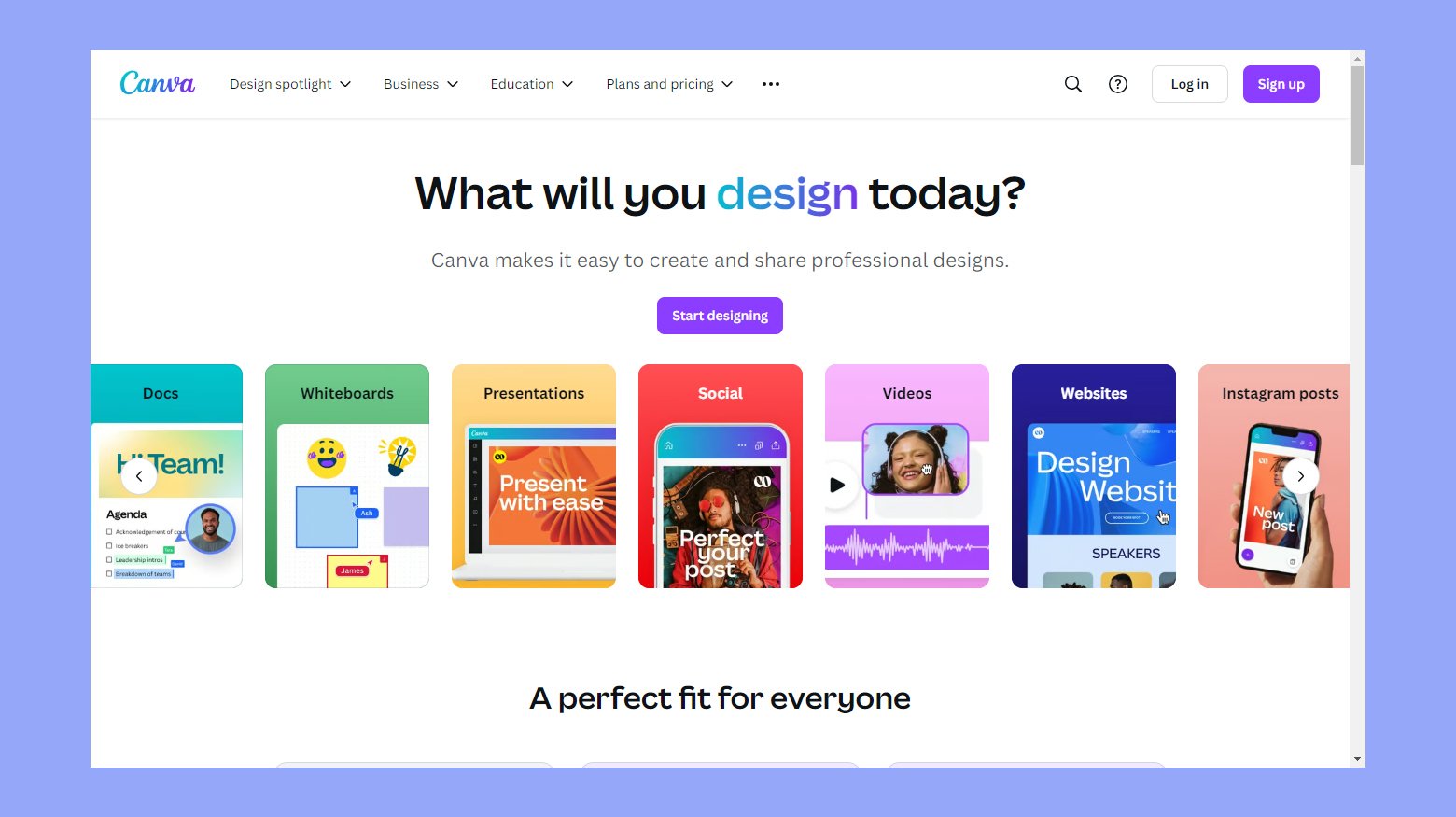
Step 8: Offering services
To successfully launch your interior design business, it’s crucial to define the services you will offer, establish clear pricing, and consider expanding into commercial spaces.
Defining your services
Start by deciding what types of interior design services your firm will provide. Some options include full-service design, covering everything from initial consultations to project completion, and partial design services, focusing on specific aspects like space planning or color selection.
Full-service design is ideal for clients looking for a comprehensive approach, often including residential and commercial projects. Consultation-only services might appeal to those who need professional advice but prefer a DIY approach.
Craft a clear description for each service to help clients understand what to expect. Also, consider listing any specialty services you offer, like sustainable design or luxury interiors, to attract niche markets.
Setting an hourly rate and fees
Determine how you will charge clients for your interior design services. Many interior designers use an hourly rate plus a flat fee for specific deliverables.
An hourly rate compensates you for the time spent on tasks like design work, project management, and client meetings. Research standard hourly rates in your area and set competitive yet profitable rates for your services.
Aside from the hourly rate, establish design fees for services like initial consultations, custom furniture design, or detailed drawings. Clear communication about fees helps avoid misunderstandings and builds trust with your clients.
Expanding services to commercial spaces
While starting with residential projects might feel manageable, expanding into commercial spaces can significantly grow your business.
Commercial interior design involves a different set of challenges and opportunities, requiring familiarity with building codes, accessibility standards, and large-scale project management.
Offer services like office design, retail design, or hospitality interiors to attract a wider client base. Highlight any past experience in commercial spaces on your website and marketing materials to position your firm as a versatile and skilled interior design business.
Focus on developing a strong network of contractors, suppliers, and commercial clients to support this expansion. This can help you tackle larger projects and deliver excellent results.
Create your custom online store in minutes with 10Web AI Ecommerce Website Builder and take your business online. 
Looking to sell online?
Stage 3: Operational strategies
Efficient operations are key to successful management of your interior design business. Focus on streamlining processes, leveraging technology, and managing staff effectively to achieve your goals.
Step 1: Streamlining business processes
To keep your business running smoothly, organize processes and set clear protocols.
- Establish workflows: Create step-by-step workflows for design projects. This helps avoid confusion and keeps everyone on the same page.
- Billing and invoicing: Use software like QuickBooks or FreshBooks to automate invoicing and track expenses.
- Client communication: Regularly update clients on project status to build trust and manage expectations.
Simplicity and clarity in each process will save time and reduce stress.
Step 2: Utilizing design software and technology
Leveraging technology can significantly enhance productivity and creativity.
- Design software: Tools like AutoCAD, SketchUp, and Revit can help create detailed plans and 3D models.
- Project management: Platforms such as Trello, Asana, or Monday.com assist in tracking project progress and deadlines.
- Virtual consultations: Use Zoom or Google Meet for remote client meetings, broadening your reach beyond local limits.
Incorporate these tools to streamline operations and deliver high-quality designs.
Step 3: Hiring and managing staff
Your team is crucial to delivering excellent service and growing your business.
- Hiring: Look for individuals with a combination of creativity and technical skills. Utilize job boards and industry networks to find candidates.
- Training: Regularly train staff on the latest design trends and software.
- Delegation: Assign specific tasks based on team member strengths to improve efficiency and project outcomes.
Good staff management involves clear communication, regular feedback, and active collaboration.
Step 4: Networking and relationships
Building a strong network and forming meaningful relationships are crucial for the success of your interior design business. This includes identifying your ideal clients, connecting with other professionals in the design industry, and collaborating with architects and contractors.
Identifying your ideal clients
First, you need to know who your ideal clients are. These are the people who will benefit the most from your services and align with your design style. Think about the types of projects that you enjoy working on and those that showcase your strengths. Create a profile of your ideal client based on factors like budget, design preferences, and project size.
You can find potential clients by attending industry events, joining professional organizations, and using social media platforms like Instagram and Pinterest. Make sure your online presence reflects your style and appeals to the kind of clients you want to attract. Personalize your communications with potential clients to show that you understand their needs.
Building a network in the design industry
Networking within the design industry helps you stay updated on trends and opens up opportunities for collaboration. Start by joining local and national design organizations such as the American Society of Interior Designers (ASID) or the International Interior Design Association (IIDA). Attend industry events, workshops, and trade shows where you can meet other professionals.
Use social media to connect with other designers, decorators, and industry experts. Share your work and engage with others to build your reputation. Make a habit of exchanging business cards and following up with your contacts. Building strong relationships with other designers can lead to referrals and advice that can help your business grow.
Collaborating with architects and contractors
Working closely with architects and contractors is essential for delivering successful projects. Establishing good communication and a collaborative mindset will help you integrate your designs seamlessly into the overall construction process. Introduce yourself to architects and contractors in your area and offer to meet for coffee or lunch to discuss potential collaborations.
Be clear about your design vision and how it complements the structural elements of a project. Listen to their feedback and be open to adjustments. Join professional networks and forums where architects and contractors are active. Building these relationships can lead to ongoing partnerships that benefit both parties and create high-quality projects for your clients.
Create your custom online store in minutes with 10Web AI Ecommerce Website Builder and take your business online. 
Looking to sell online?
Ensuring client satisfaction
To ensure your interior design business thrives, focus on delivering exceptional customer service and cultivating strong client relationships. Happy clients are more likely to refer others and return for future projects.
Delivering exceptional customer service
Delivering top-notch customer service begins with clear communication. Keep clients informed at every stage of the project. Respond to emails and calls promptly. Use a project management tool to share updates and progress reports.
Pay attention to the fine details. From the initial consultation to project completion, show that you care about the client’s vision. Listen to their needs, preferences, and feedback. Make adjustments as required.
Offer transparent pricing. Provide detailed quotes and invoices, so clients understand what they’re paying for. Ensuring no unexpected costs arise fosters trust.
Be professional and respectful. Treat every client with courtesy and respect, regardless of the project’s size. A positive attitude can make a significant difference.
Fostering repeat clients and referrals
Building strong relationships with clients can lead to repeat business and referrals. After completing a project, follow up to ensure satisfaction.
Offer maintenance services or updates to keep the interiors in top-notch condition. This can encourage clients to return for additional work.
Create a referral program. Offering incentives, like discounts or complimentary services, can motivate clients to refer friends and family.
Stay in touch. Send newsletters with design tips and updates on your services. Engage on social media to keep your business top-of-mind.
Show appreciation. A simple thank-you note or a small gift can leave a lasting impression and make clients feel valued.
Conclusion
Starting an interior design business involves a series of crucial steps to ensure success. This guide covers the essential stages from laying a strong foundation with a detailed business plan, choosing the right business structure, and securing necessary licenses to creating a compelling brand identity and an effective marketing strategy. It also emphasizes the importance of financial management, client relations, and operational efficiency.
By following these comprehensive steps, you can establish a solid framework for your interior design business. This knowledge helps you navigate the complexities of starting and running your business, ultimately leading to a sustainable and profitable venture.


